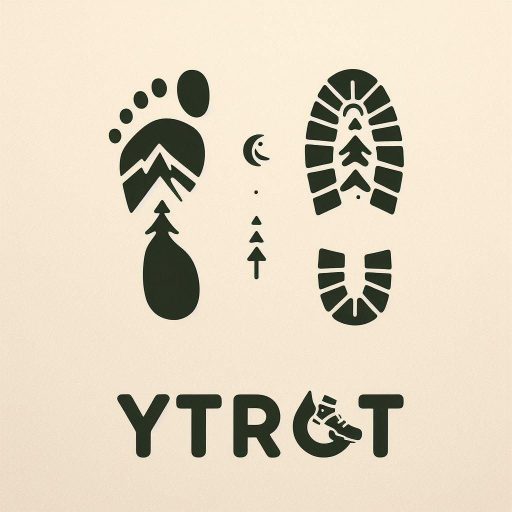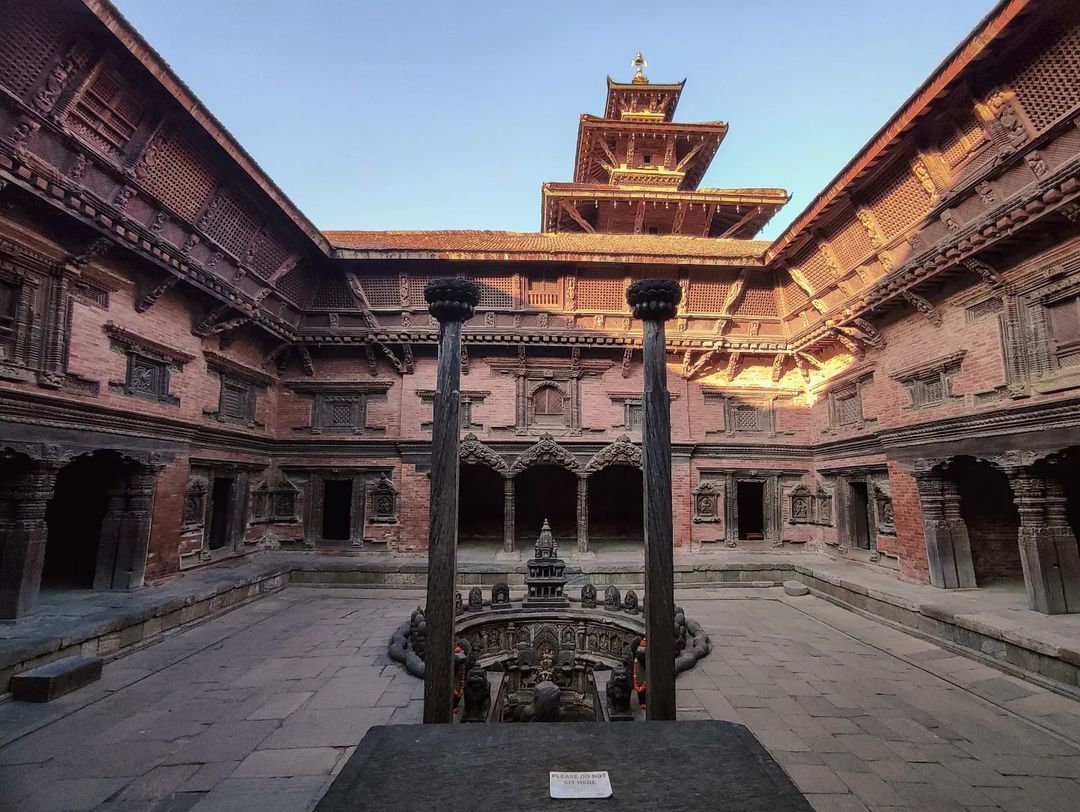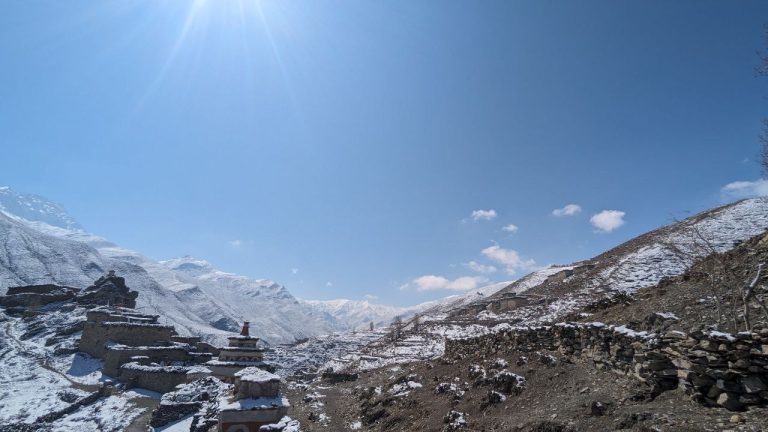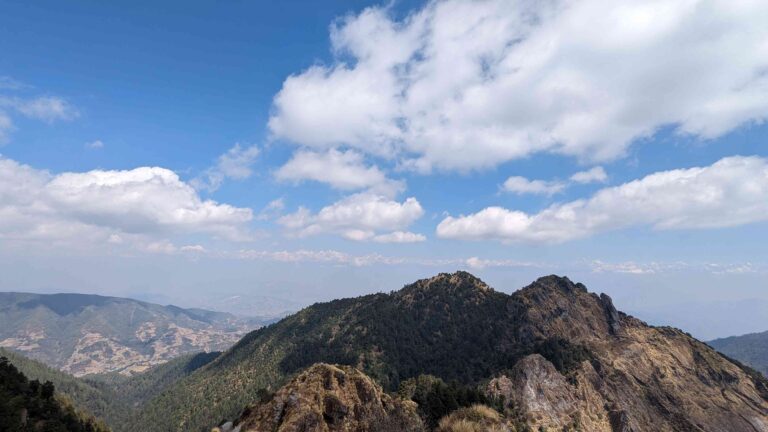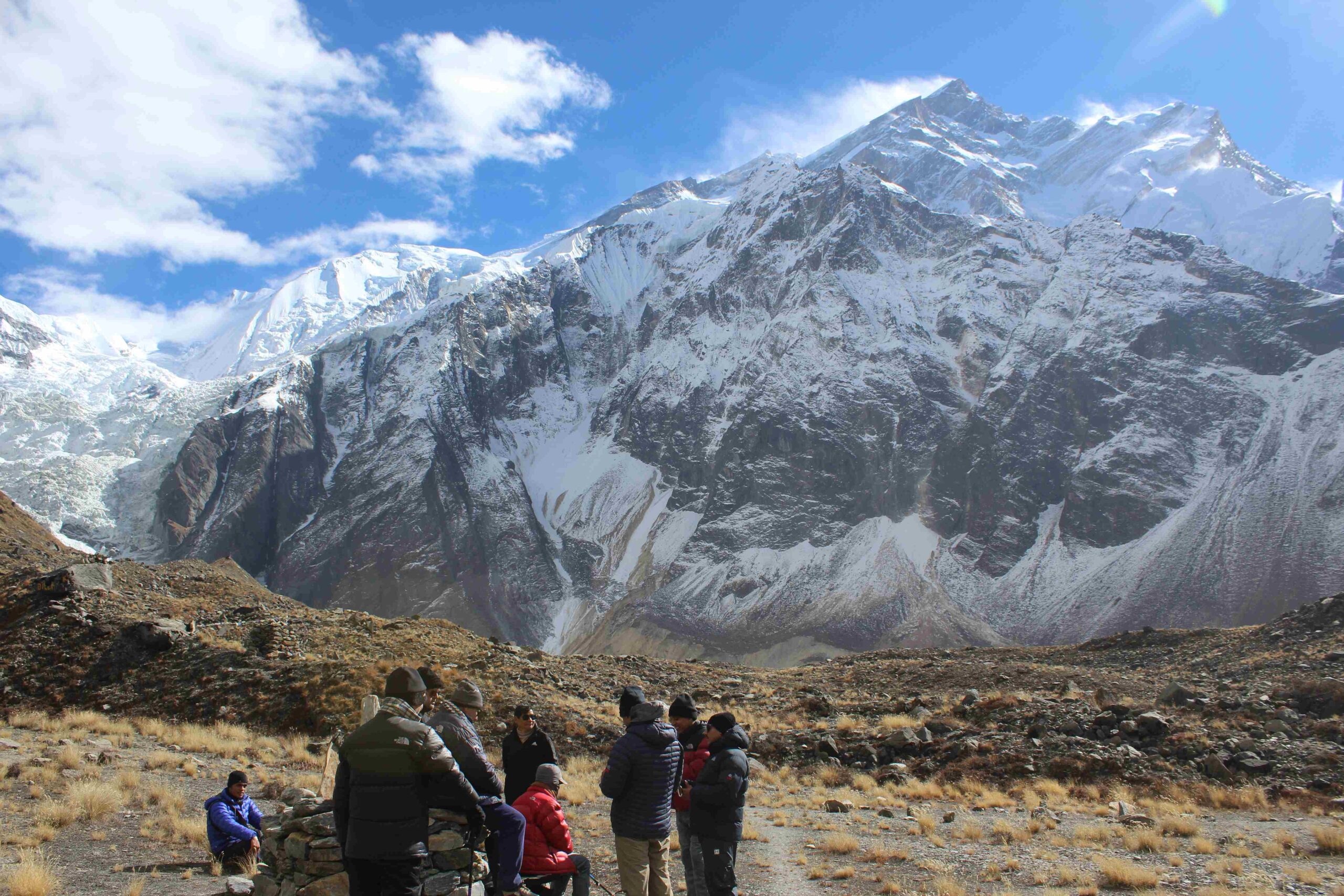In Nepal, there are four UNESCO World Heritage Sites. Two of the four world heritage sites are classified in the cultural category and two fall under the natural category. The seven sites in the Kathmandu valley, which collectively comprise one World Heritage Site, including Lumbini are in the cultural category. The other two heritage sites in the natural category are Chitwan National Park and Sagarmatha National Park. Thus, Nepal is home to ten world heritage sites in total, eight of which are cultural and two of which are natural.
The Kathmandu valley comprises of three historical palaces of Kathmandu Durbar Square, Patan Durbar Square and Bhaktapur Durbar Square, two Buddhist monasteries: Swayambhunath and Bouddhanath, and two Hindu temples Pashupatinath and Changu Narayan. The densest concentration of these heritage sites can be found here owing to the cultural and political importance of the Kathmandu valley from the ancient times to present. UNESCO designated all these sites as World Heritage Sites in October 1979.
The World Heritage Sites in Nepal are a reflection of the highest ideals of Nepalese culture, history, and way of life. They are also among the world’s most naturally wonderful habitats for flora and fauna.
List of World Heritage Sites in Nepal
Cultural Heritage Sites
- Kathmandu Durbar Square
- Patan Durbar Square
- Bhaktapur Durbar Square
- Swayambhunath
- Bouddhanath
- Pashupatinath
- Changunarayan
- Lumbini
- Sagarmatha National Park
- Chitwan National Park
Kathmandu Durbar Square
The center of Nepal’s capital city, Kathmandu, is home to Kathmandu Durbar Square. Hanuman Dhoka, named after the Hindu monkey deity Hanuman, is how the locals used to refer the Durbar Square. The royal residence of the people of Nepal was once located at Kathmandu Durbar Square. The medieval royal palace served as a center for governance, cultural events, and festivals in addition to residentials for royal functions.
The historical buildings and temples in the area were erected from the time of King Ratna Malla (1484-1520 AD) to Prithvi Bir Bikram Shah (1875-1911 AD), covering the Malla, Shah and Rana regime of the Nepal history.
More about Kathmandu Durbar Square
Patan Durbar Square
Within the city of Patan is Patan Durbar Square. Lalitpur, another name for Patan, means “the city of arts,” and that is exactly what it is in every way. The site, which is now a modern city, lies 5 kilometers south of Kathmandu’s center across the Bagmati River. King Veera laid the foundation for the city in the third century AD. The oldest of the Kathmandu valley’s three cities is Patan. The Patan Durbar Square is home to notable structures from the medieval Malla period, which lasted from the sixteenth to the eighteenth centuries. King Siddhi Narsingha Malla, Shri Niwas Malla, and Yog Narendra Malla are mostly attributed with building these structures. The temple of Lord Krishna built in the seventeenth century is one of the most famous monuments of all.
More about Patan Durbar Square
Bhaktapur Durbar Square
Bhaktapur, which means “city of worshippers” was founded by King Ananda Dev in 1197 AD despite the fact that the city’s history dates back to the Licchavi dynasty (185-750 AD). There are several notable structures, such as pagodas, palaces, buildings in the shikhara style, courtyards, Buddhist temples, and monasteries. The present structures were between the 12th and the 18th centuries AD. Bhaktapur Durbar Square was home to the Malla Kings. Bhaktapur is around 12 kilometers from Kathmandu.
More about Bhaktapur Durbar Square
Swayambhunath
Located on a lovely hillock about 4km west of central Kathmandu, Swayambhunath is one of the most revered monateries of the Buddhist followers. There are 360 steps leading all the way to the top that boasts a magnificent view of Kathmandu. The tradition in the Swayambhunath stupa follows the Vajrayana form of Buddhism, a tantric variation of the Mahayana Buddhism. The stupa seems to have been constructed during the Lichhavi period. religious and literary sources give numerous accounts of the establishment and the patronage of the Swayambhunath.
A stylised lotus mandala base supports the Swayambhunath’s stupa. The hemispherical portion of the monastery composes of brick and stone, and on top is the hermika with Vairochana’s eyes. The stupa also has the 13 gold plate spires, which stand for the 13 stages of redemption in all directions. A golden canopy crams around the spire and is supported by a pole coming from the middle.
Bouddhanath
The largest stupa in Nepal is Bouddhanath lies about 5 kilometers to the east of the city’s center. In order to emphasize the yantra form, the stupa is erected on a three-tiered platform above the crossed rectangles. While Lichhavi kings were in power, the stupa is thought to have been constructed around the fifth century AD.
The core of Bouddhanath’s stupa, like other stupa architecture, is occupied by Vairochana, with Aksobhya, Ratna Sambhava, Amitabha, and Amogha Siddhi located in the east, south, west, and north, respectively. Similarly, there are 138 tiny niches all around the stupa that house images of Buddhas, Bodhisattvas, and other female deities in addition to couples in suggestive poses. The Om Mani Padme Hum renowned mantra is etched on praying wheels that are fastened in more than 140 niches around it at the bottom level as well.
Pashupatinath
Nepal’s patron deity is Pashupatinath, whose name literally translates as “lord of animals.” Hindus all across the world consider Pashupatinath to be one of the holiest locations. The sanctum of Pashupatinath has a phallic statue with four faces facing each direction and a fifth facing the zenith. The main temple is a pagoda-style structure with a two-tiered golden roof and four silver doorways.
King Bhupalendra Malla erected the temple in 1697. According to a legend, a cow would frequently stray from its herds and pour milk on a Jyotirlinga, which marks the location of the current temple and is a phallic representation of Lord Shiva. A cowherd, when he dug the hole where the cow would produce milk discovered a self-generated phallus.
Changunarayan
A magnificent mountaintop 6 kilometers north of Bhaktapur is home to the temple of Lord Vishnu, Changunarayan. Beautiful metal and wood sculptures are present throughout the temple. Changunarayan displays one of the best example of Nepalese architecture. Changu was already established as a sacred location by the third century, according to the first epigraphic evidence of Nepalese history discovered on the grounds of the temple during the reign of Lichhavi King Mandeva in 464 AD. It is thought that the current building dates to the seventeenth century. There are numerous works of art from Nepal’s fifth and twelfth centuries in the pagoda-style temple.
Lumbini
Emperor Ashoka visited Lumbini to pay respect to Buddha and constructed a pillar in 249 BC to denote the location of Buddha’s birth, attested to the significance of Lumbini. Buddha was born in Lumbini in 623 BC. The recently restored Mayadevi temple, which features a nativity sculpture showing the birth scene of the Buddha, the enlightened, is close to the Ashoka pillar.
General Khadga Shumsher Rana and renowned archaeologist Dr. A. Fuhrer conducted excavations in 1896 that uncovered new information about several elements of Buddha’s life. Prof. Kenzo Tange of Japan was given the task by the UN to develop Lumbini as a hub for pilgrimage and a foundation for world peace. The Lumbini Masterplan was adopted in 1978 by both the Government of Nepal and the UN. Canals, gardens, libraries, museums, monastic zones, and amenity areas are all included in the plan. UNESCO added Lumbini to its list of World Heritage Sites in December 1997.
Chitwan National Park
In 1973, Chitwan National Park was established and in 1984 it was designated as a World Heritage Site. The park covers a portion of the Shivalik Hills. The park contains deciduous forest and looks out over the floodplains of the Narayani, Rapti, and Reu rivers. It has a diverse environment that is home to a variety of mammals, birds, reptiles, and water animals.
The park is home to some 600 plant species, 50 animals, 526 bird species, and 49 amphibian and reptile species. The one-horned rhinoceros and Royal Bengal tigers are the park’s main attractions. Despite being uncommon and endangered species, these creatures have been successfully protected and multiplied. Other wildlife including rhesus monkeys, grey langurs, deer, leopards, white stocking gaurs, wild boars, wild dogs, and cats also call this park home. Snakes like the python and cobra are among the reptiles, and the river area is home to gharials, commonly known as Gangetic crocodiles. The park is also teeming with birds, including migrating Siberian birds as well as paradise flycatchers, Indian pitta and parakeets, waterfowl, ducks, and geese.
Sagarmatha National Park
Sagarmatha National Park is home to Mount Everest, the world’s tallest mountain at 8848 meters, is its main draw. The park features a number of additional notable peaks, the majority of which are above 6000 meters and are a part of the Himalayan biological zone. Sagarmatha National Park is home to glaciers, deep canyons, and rough terrain. The park provides both natural and cultural tourism attractions.
Pine and hemlock woods dominate the vegetation of Sagarmatha National Park’s lower elevations, while silver birch, fir, and juniper trees prevail in the forest above 3500 meters. Himalayan Tahr, Ghoral, musk deer, mouse hare, and jackal are some of the most prevalent animals in the park. The formidable snow leopard, red panda, and black bear are further rare species.
Additionally, Sagarmatha National Park offers friendly Sherpa hospitality and includes a large number of monasteries and historical sites. The primary industries in the region are agriculture and tourism. Gokyo, Everest Base Camp, and Kalapatthar might be the best places to visit in the vicinity for excursions and peak-climbing.
